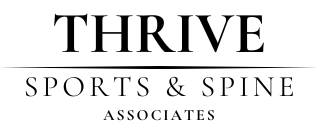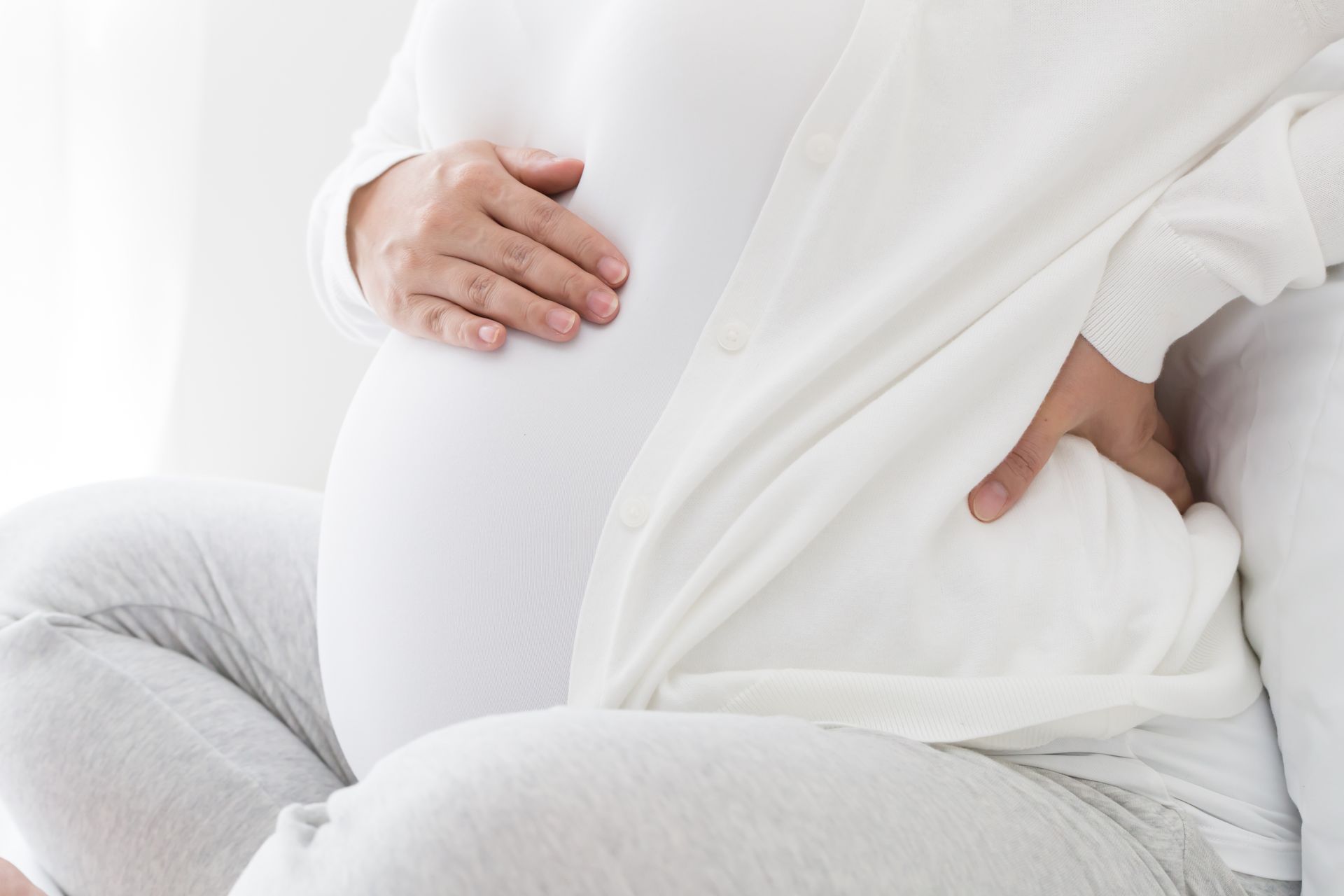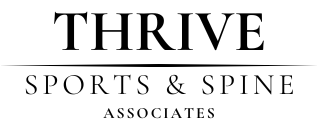Somers Point:
(609) 365-8881
Vineland:
(856) 691-6055
newsletter
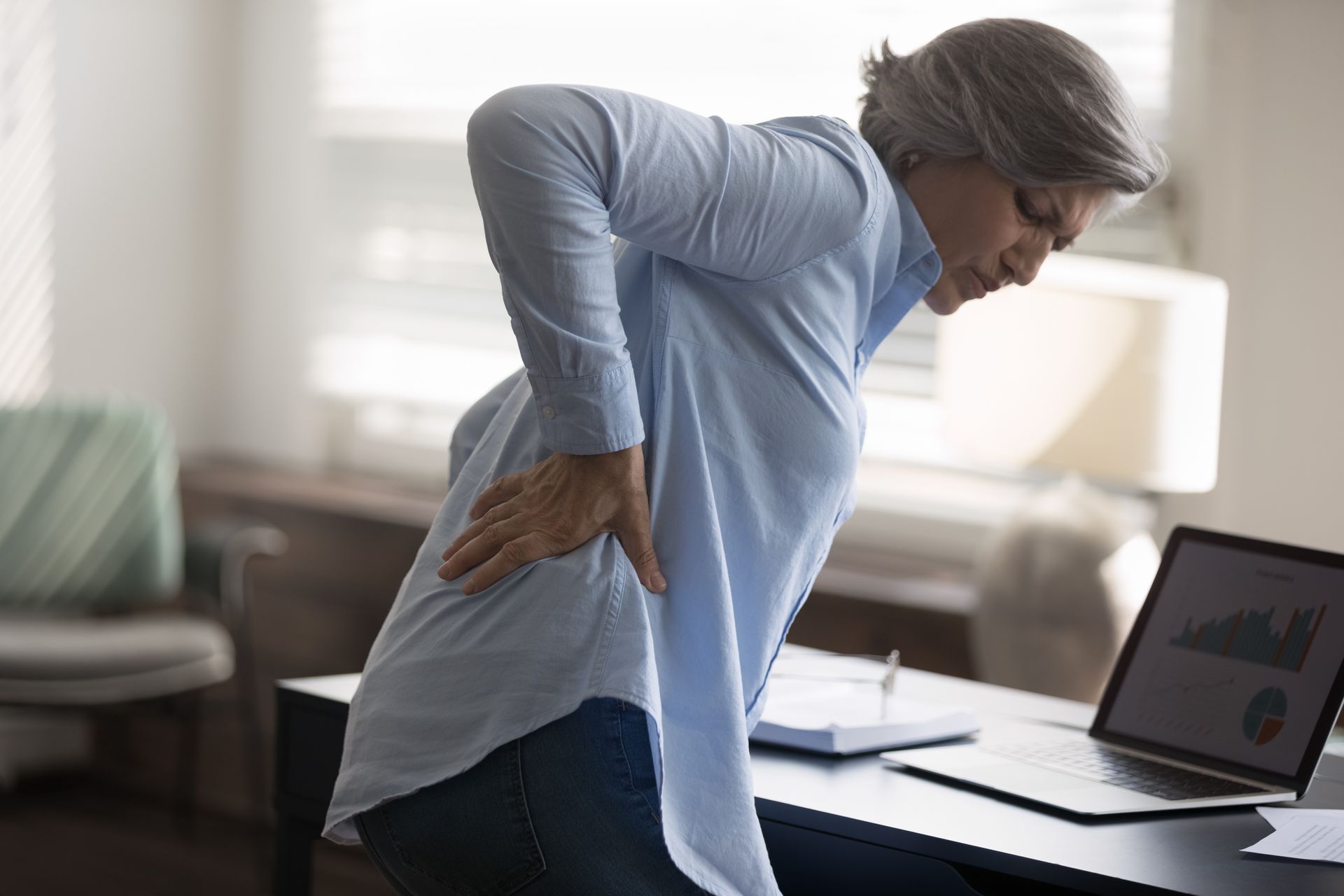
05 Apr, 2024
Lumbar Spine Facet Joints Karishma Patel, DC Facet Joints are one of many sources of lower back pain. If you have localized lower back pain with the pain starting from 30degrees to 60degrees of lumbar flexion, it may be due to facet joints. What are facet joints? Facet joints link the top and bottom vertebra together. They also allow you to bend forward, extend backward, and assist you in side-to-side movement. Patients who constantly bending over with a weighted load in front of them usually have facet joint hypertrophy, degeneration, and arthritis. For example: Gardeners, Police Officers, Construction Workers, Cyclists, Weight Lifters, etc. Why does this happen? Even though your facet joints help your spine move, they are not supposed to do majority of the work. Your core stabilizing muscles, including your glutes and diaphragm (yes, this also means breathing techniques) are supposed to assist you in movement. If these muscles are inactive, your facet joints are over worked causing a lot of localized, across the back, lower back pain. Get your movement assessed to see which muscle groups are inactive causing you to have a deeper issue. Call to make an appointment today!

05 Apr, 2024
Many bodily functions rely on electrolytes to help with organ and nerve function. The most important function being small electric current that passes through nerves to help the brain transfer messages to organs, muscles, and tissue. Electrolytes provide the electric charge that helps the brain communicate to the rest of the body and the body communicate its status back to the brain. Potassium, chloride, calcium, sodium, potassium and magnesium are the most common electrolytes your nerves need. These electrolytes help move nutrients into the cell and move waste out of the cell. If there is an inadequate amount of electrolytes, this imbalance of waste/nutrient in the cell can cause fatigue, decreased energy and brain fog. Other symptoms of having an electrolyte imbalance are latency in rebuilding and repairing damaged tissue (bruising, wounds take longer to heal), increased muscle cramping, and dehydration. When we exercise and exert energy, we lose electrolytes through sweat which causes our bodies to feel fatigued. The more intense the workout and the hotter the temperature, the more electrolytes and water will be lost. When the amount of electrolytes in your body is low, you may experience headaches, confusion, and drowsiness. Here are the functions of each electrolyte and whole food options that you can add to your diet in order stay balanced. You can also add Pedialyte Electrolyte packets to your water to ensure you are replenishing electrolytes readily without adding the calories. Sodium – helps contract and relax muscles; mixed nuts with sea salt Chloride – maintains blood pressure and blood pH; olives, seaweed, rye, tomatoes, lettuce, and celery Potassium – provides electrical nerve conduction, moves nutrients into the cell; spinach, kale, baked potato, peas, avocado, sweet potato Calcium – builds and maintains strong bones, facilitates heart health and nerve function; tofu, leafy greans, bok choy, butternut squash Magnesium – controls energy production, stabilizes blood glucose levels, prevents heart disease; salmon, chicken, almonds, cashews, spinach, dark chocolate, broccoli
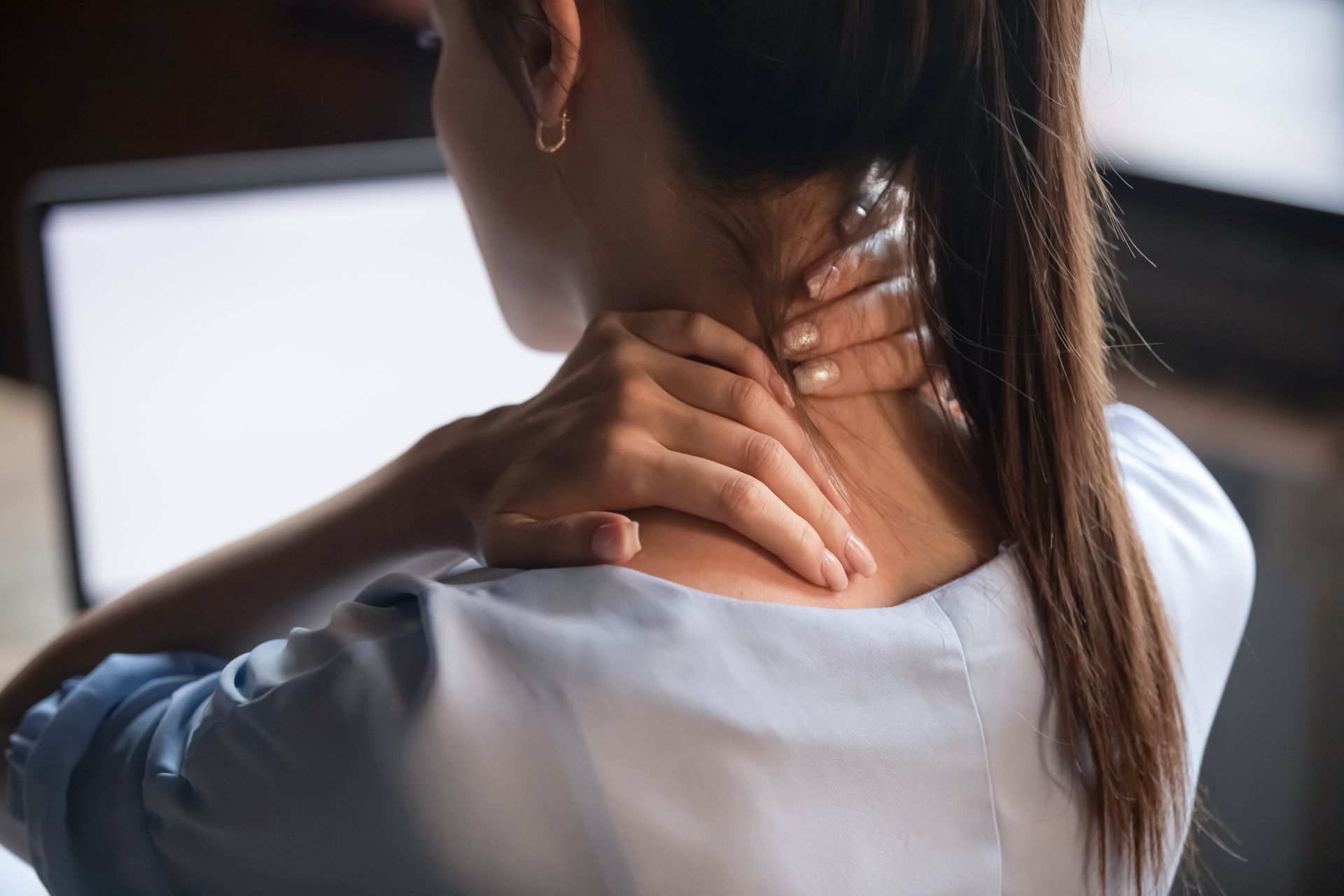
05 Apr, 2024
Our muscles hold on to tension which cause pain due to chronic physical, mental, and emotional stress. Muscle tension is a reflex reaction to stress; it’s the body’s way of guarding against even more injury or pain. With sudden onset of stress, the muscles tense up all at once, usually in the neck/upper back, shoulders, and/or lower back. Tension is released once the stress passes. However, with chronic stress, your nervous system will hold on to tension and it will accumulate over time in your muscles. This is how chronic pain starts. Chronic stress causes the muscles in the body to be in a more or less constant state of guardedness. When muscles stay taut and tense for long periods of time, this may trigger other reactions of the body and even promote stress-related disorders such as tension type headaches and migraines, nerve compression, disc bulges, and joint pain. Most patients will come into our office and say, “I’ve had this problem for a couple months/years, I’m not really too sure what started it.” This is one of the first signs of chronic stress related muscle pain. What determines whether or not an injured person goes on to suffer from chronic pain is how they respond to injury. Individuals who are fearful of pain and re-injury, who seek a cure for the injury generally have a worse recovery than individuals who maintain regular visits to the chiropractor and do moderate physical activity. Our office provides relaxation techniques and other stress-relieving therapies to reduce muscle tension, decrease the incidence of certain stress-related disorders, and increase a sense of well-being. Muscle manipulation, spine maintenance, and joint care can help reduce long term wear and tear, it does not matter how sedentary or physically active you are. Maintenance care helps keep muscle tension, stress, and joint pain away long term and keeps the nerve tissue healthy. Give us a call and let’s see how we can help you reduce stress signs and symptoms.
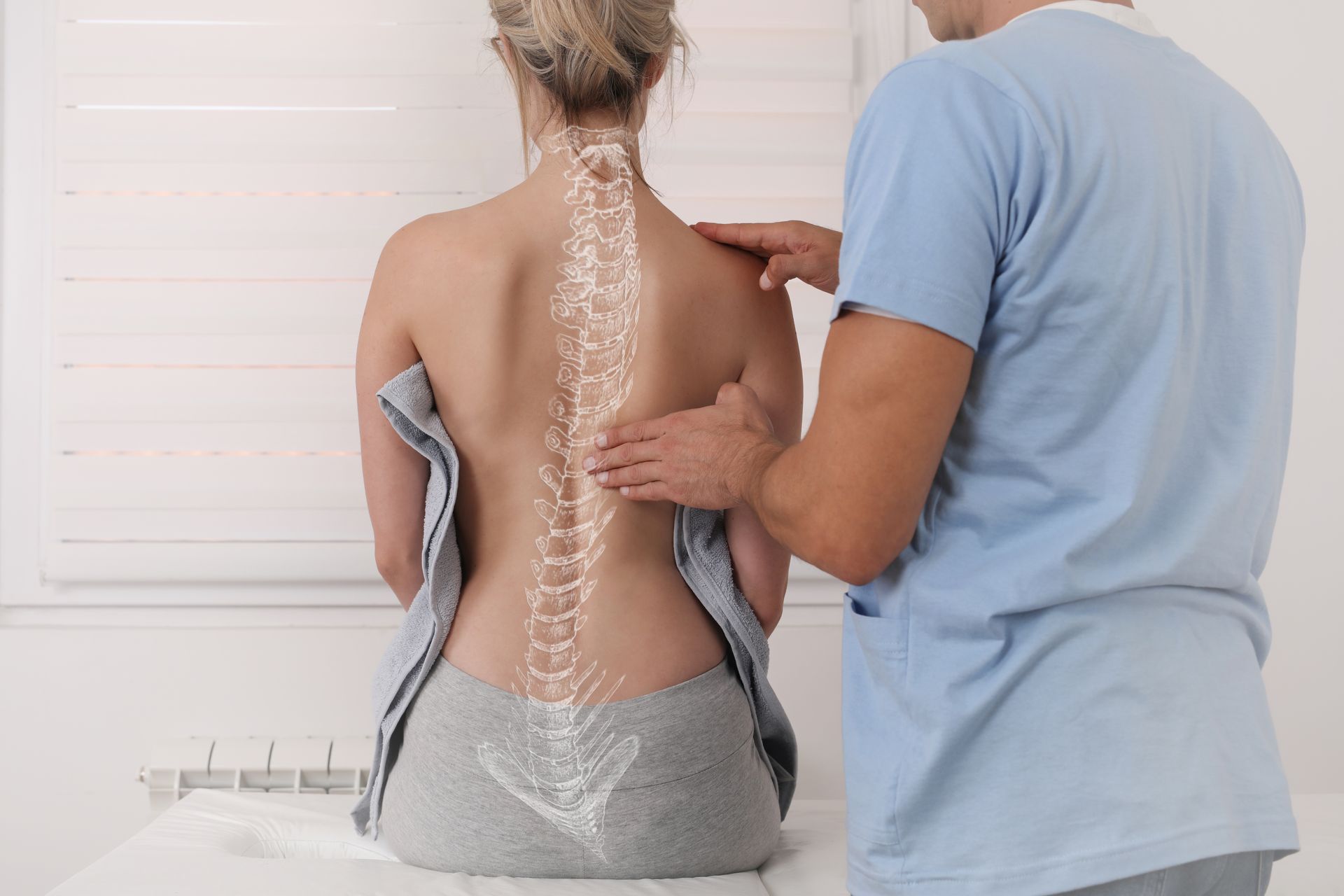
05 Apr, 2024
Chiropractic care focuses on protecting and enhancing the communication pathways of the spinal cord, spine, nerves, muscles, and joints, thus safely managing pain and a range of conditions without the use of pharmaceutical medication. The spine not only acts as the main support for our body, it also protects the spinal cord, which connects a large part of the peripheral nervous system to the brain. This is why a minor injury to the spine or overuse of muscles can significantly alter a body’s strength, sensation, and performance. Spinal adjustments are helpful in reduction of pain and increase in function. Chiropractic care can also help joint pain such as shoulder, elbow, wrist, hand, hips, knees, and ankle. Muscles, ligaments, and cartilage connect to bones creating a joint made for movement. If a joint is stuck or not mobile, it stops sending information to the brain or it may increase pain signals to the brain. When you have decreased communication between the joint and muscle, you will have decreased function and often times increased pain. Chiropractic care restores mobility of the joint and increases communication between the joint and the brain. This allows for reduction of pain, better movement of the joint, and injury prevention. Joints and muscles rely on each other. If one is not moving properly other structures will also be affected causing pain with movement. A study conducted by the National Institutes for Health (NIH) reveals that spinal manipulation or mobilization is the most effective treatment for patients with acute, subacute, and chronic low back pain, migraine, headaches and dizziness. It also proves to be an effective treatment for several joint and muscle conditions. Midback adjustments also offer healing benefits to people with neck pain. Long-term care also helps you avoid future aches and pains, as your chiropractor can detect and correct minor misalignments before they become symptomatic. Please reach out to us for we can explain how the science of pain is affecting you. 856-691-6055

05 Apr, 2024
What your pain medication is doing to you A study that tested the attributes of anti-inflammatory ability and absorption of curcumin with boswellia, and black sesame seed oil against acetaminophen revealed that the herbal combination was just as effective and worked as quickly as acetaminophen with both methods averaging about an hour for results. The difference is that the curcumin with boswellia, and black sesame seed oil approach is much safer. Acetaminophen drastically lowers glutathione which is a key health-promoting antioxidant made in the body. A growing body of research suggests acetaminophen reduces a person’s capacity to feel empathy for another’s pain or joy. In fact, due to the way it works in the brain, some researchers have called acetaminophen a “social analgesic” because it cuts off the ability to socially connect at a basic, human level with other people. There are 600+ medications with acetaminophen. This creates a frightening picture of the way this drug can emotionally separate us from one another. When you thinking of stress, fatigue, and social isolation that most people experienced during the pandemic, finding a different approach to managing pain is critical. Curcumin, boswellia, and black sesame seed oil can be apart of that approach. These three botanicals can make an excellent addition to your regime to help them feel better and support their muscles and joints with ingredients that are safe, effective, and do more than just mask pain.
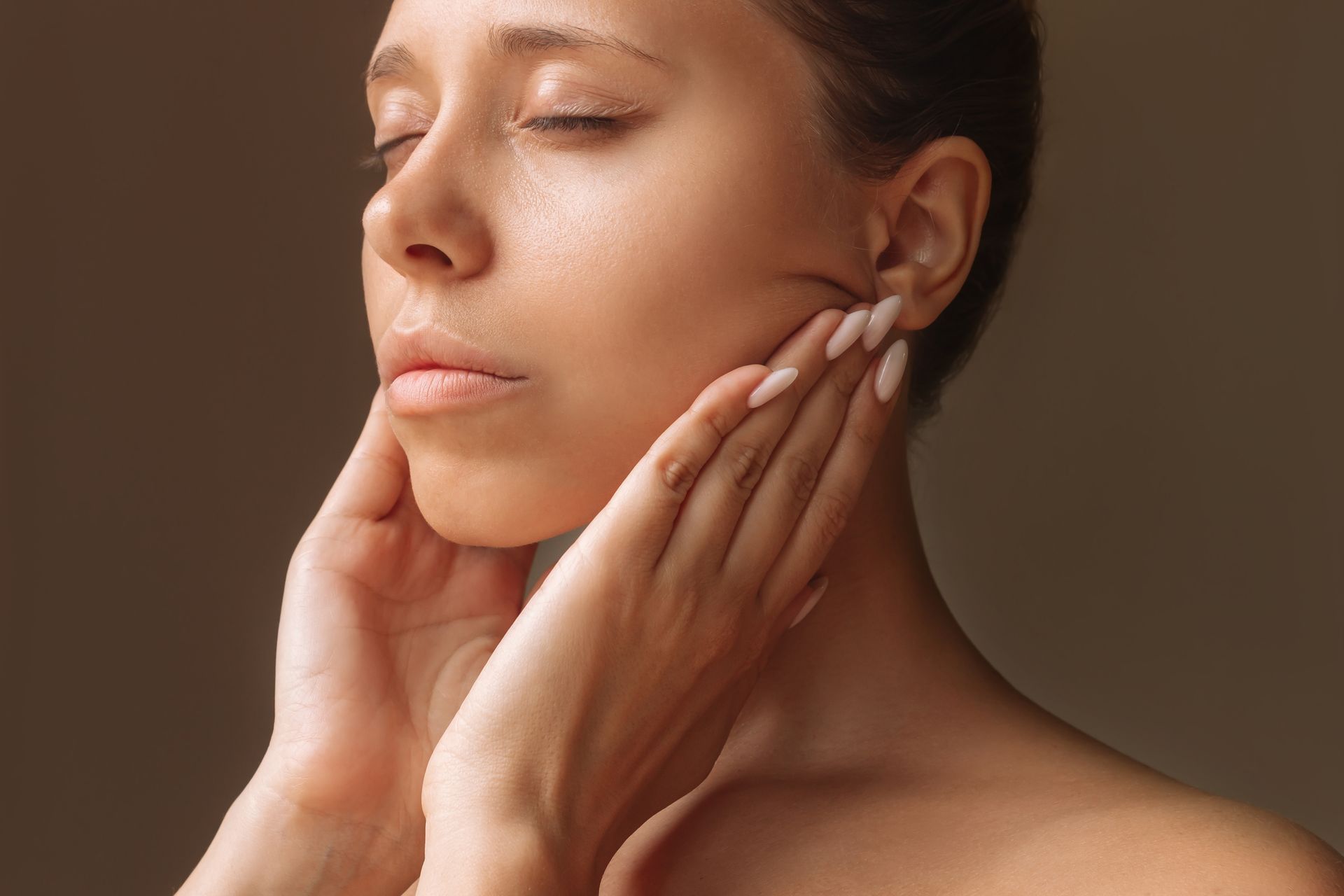
By Cassie Mackhrandilal
•
05 Apr, 2024
Temporomandibular Joint (TMJ) also known as the jaw joint has many conservative care treatment options. Temporomandibular disorders (TMD) can be arthritic, myogenic (muscle related) or neurogenic (nerve related). Jaw pain/clicking when stressed or chewing, eating, and opening/closing the jaw can be treated through chiropractic care by working on the muscles of the jaw/neck, alignment of the jaw/neck through an adjustment, and jaw exercises. Active care and exercises for TMD can address tight and taut muscles, as well as hypermobility of the TMJ. For chronically tight and shortened orofacial muscles, place the tip of the tongue on the top of the palate, just behind the teeth, and hold with slight pressure for 10 minutes, 3x/day. To stabilize a hypermobile mandible, place the tip of the tongue against the palate behind the teeth; slowly open; hold for 2 seconds, and repeat: 15 reps 2-3x/day. To strengthen the jaw muscles, open the mouth with slight overpressure, being sure to keep the jaw in midline; and perform 15 reps, 2-3x/day. It is important that the mandible act as a hinge joint, and both sides need to be addressed, especially if the TMJ is arthrogenic. Adjusting instruments and/or a manual chiropractic adjustment that align this hinge joint is proven to be very effective along with jaw/neck muscle release techniques and exercise. Aligning the jaw so that the jaw does not deviate left or right will decrease wear and tear of the disc at the joint and will prevent from uneven wear and tear of the molar teeth. If you would like to know how chiropractic care can help your jaw, give us a call to schedule an appointment!

05 Apr, 2024
Neuroscientist Daniel Wolpert once said: “We have a brain for one reason and one reason only – that’s to produce adaptable and complex movements. Movement is the only way we have affecting the world around us…I believe that to understand movement is to understand the whole brain. And therefore, it’s important to remember when you are studying memory, cognition, sensory processing, they’re there for a reason, and that reason is action.”
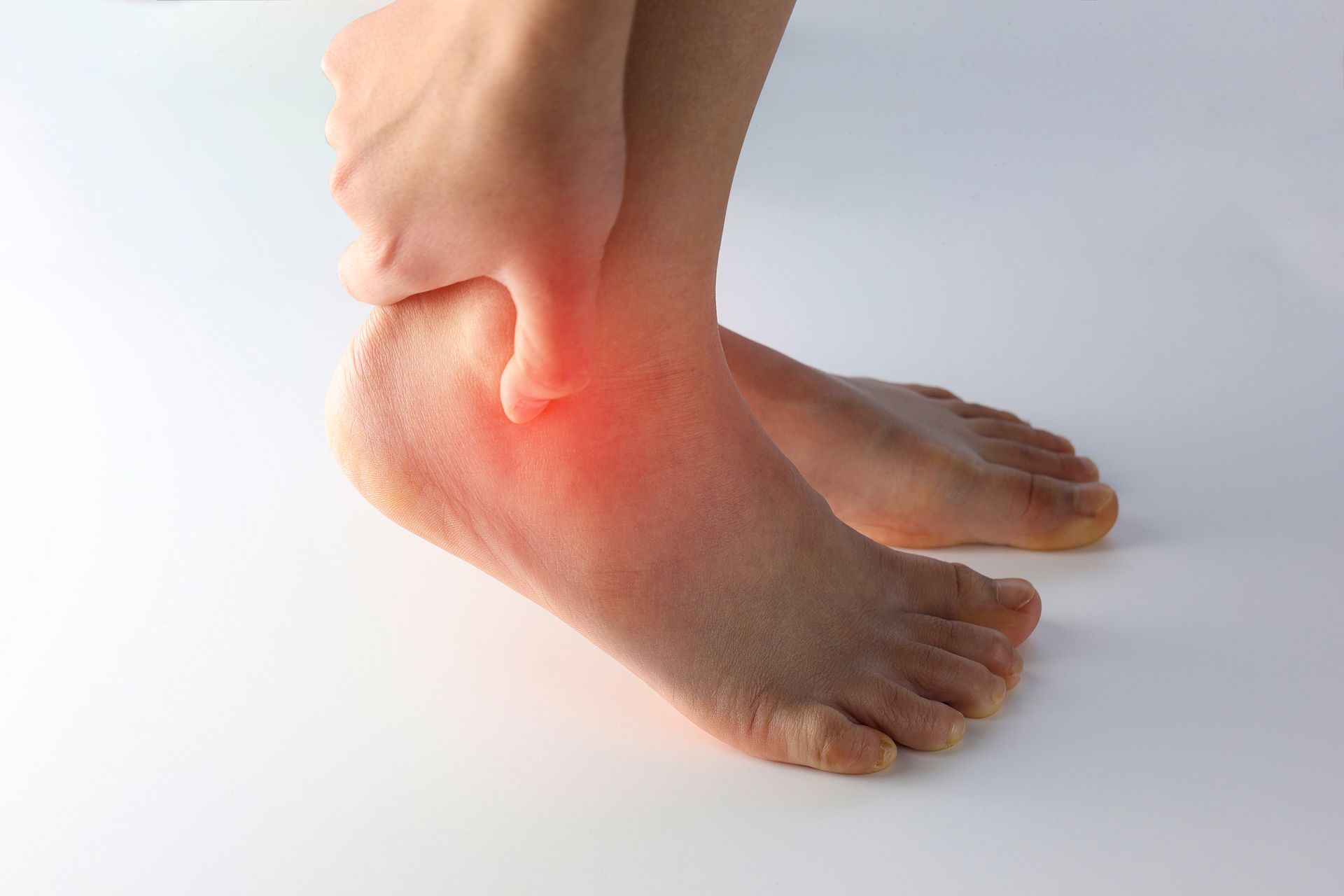
05 Apr, 2024
Achilles Tendinopathy- is an overuse injury to the Achilles tendon which is common in sports that involve running and jumping. However, in general practice 65% of the cases are not sports related. Recovery can take up to a year and recurrent rate is high, especially if the rehab and return to activities is rushed. The key to successful outcome hinges on early intervention, comprehensive treatment and appropriate activity modification. Exercise rehab is the key treatment for Achilles tendinopathy and is divided into four stages: symptom management, recovery, rebuilding, and return to activity/sport. The ultimate goal is to improve tendon strength, tensile capacity and endurance with a return to full activities. Stage One: Symptom Management Modify activity – to stop overloading and cumulative micro trauma to the tendon. Having pain after activity that lasts longer than 48 hours indicates that activity needs to be reduced. Cardio vascular activities are essential in the healing process therefore off-loading activities such as cycling, water aerobics, and swimming will speed up the heeling process. Strengthening – standing heel raises on a flat surface, if its painful place a lift under the heel. 3x15-20, 2 second pause at the top and bottom. It is important the heel raises are done in the pain-free range of motion. Immobilization and complete rest can actually delay recovery and is not recommended. Stage Two: Recovery The goal here is to strengthen the tendon and improve its tensile strength. Steadily increase the load on the Achilles by performing heel raises off a step and allowing the heel to lower below the edge, 3 X 15-20 reps. Slowly go as deep as you can without pain and hold for 2 secs. Progress to single leg eccentrics by going up on both feet, remove one foot and slowly lower on the other leg. Again, build to 3 × 15-20 reps with no increase in symptoms. Be sure to maintain cardio vascular fitness levels. Stage Three: Rebuilding The objective in the rebuilding phase is to steadily increase the strength and endurance of the entire calf, hamstring and glute musculature to prepare for full activities. Increasing load can simply be done by having the patient wear a weighted backpack while doing the same heel raises as in the recovery stage. Smith machine, standing calf raises, seated calf raises, and leg press machines can all be used. Eccentric loading. jumping and hoping are essential in this stage. Start with 30 jumps with a soft landing one time per day. Build to 5 sets then progress to jumping rope at 30 second intervals and finally single leg hops, 3 X 15. Continue the heel raise exercises while adding in the plyometrics. Stage Four: Return to Activity/Sport Return to full activities requires strength and tissue compliance. Minimal symptoms, with intermittent stiffness in the morning, is acceptable and the level of activity can be maintained. Continue the weighted single leg exercises on the edge of a step, (concentric and eccentric), jumping and hoping activities. If symptoms escalate and last more than 24 hours, take a day off and peel back the exercises to a level where there is no pain after 24 hours. Then slowly increase. Achilles tendinopathy can be slowly resolving, and you can discuss with the doctor the goals and objectives of each sage of care to avoid reinjury. Especially when you "feel pretty good" and want to ramp up activity. Be sure to maintain cardiovascular fitness, core, frontal plane stability and total body conditioning by cross training in all stages of care. Chiropractic rehabilitation , however, is more than exercises. As a chiropractor, I make sure to check and adjust the feet, ankles, knees and hips as needed. We perform soft tissue work both locally and along the entire fascial chain. Adding nutraceuticals such a collagen, vitamin C and branched chain amino acids. Finally, incorporating modalities to increase blood perfusion to the region such as FAKTR, EPAT (radial shockwave therapy), and Active Release Technique will accelerate the response to treatment.
SOMERS POINT PHONE:
(609) 365-8881
VINELAND PHONE:
(856) 691-6055

